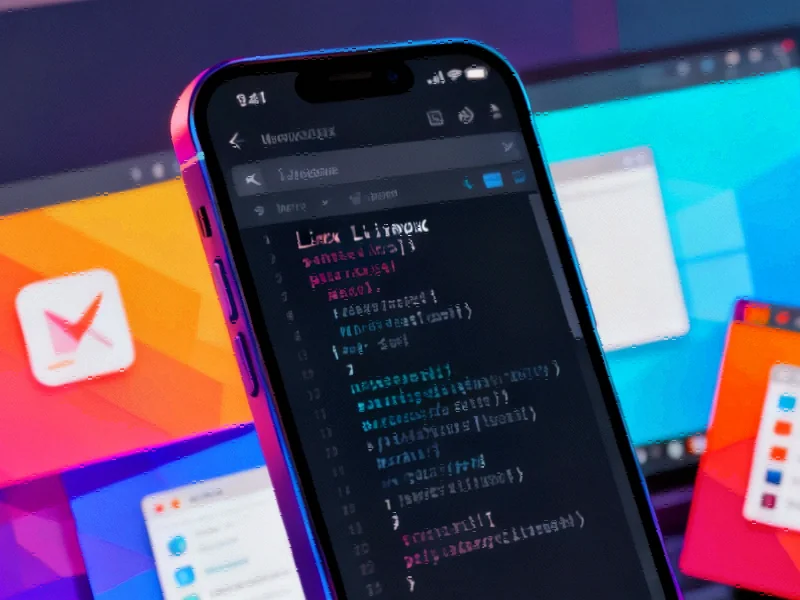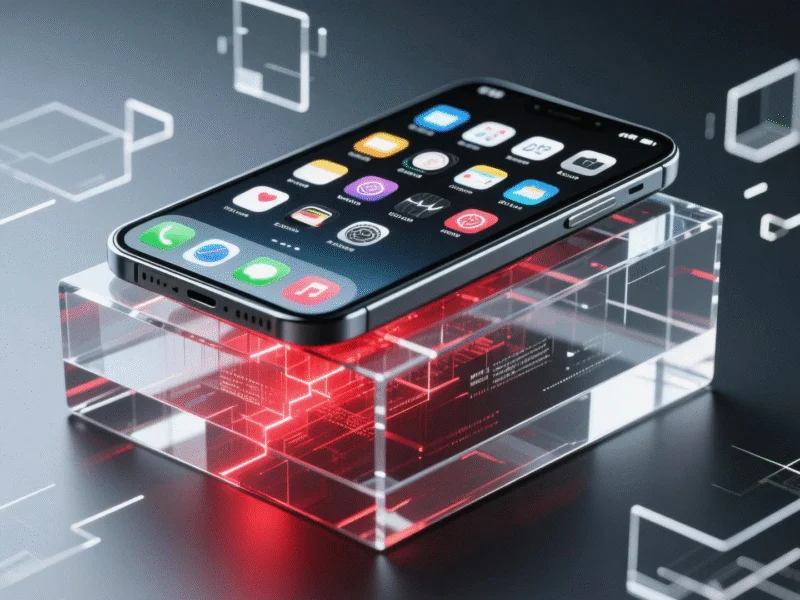Virtualization Breakthrough: Android 16 Transforms Mobile Linux Capabilities
Google’s upcoming Android 16 QPR2 update represents a significant leap forward in mobile computing, particularly for the Pixel 10 and other premium Android devices. While the initial Linux Terminal app release in March brought command-line functionality to Android, the new update promises to revolutionize how professionals use their mobile devices for development and industrial applications.
The enhanced Linux support in Android 16 QPR2 enables graphical desktop applications to run natively on Android devices, creating new possibilities for mobile workstations. This development is particularly relevant given the growing convergence between mobile and industrial computing platforms, where flexibility and power are increasingly crucial.
The Rendering Challenge: Why Most Android Devices Will Struggle
Despite the promising feature set, most Android devices will face significant performance hurdles with graphical Linux applications. The current implementation relies on Lavapipe, a software-based renderer that depends entirely on CPU processing for complex calculations and rasterization tasks. This approach creates substantial performance bottlenecks since modern GPUs are specifically designed to handle these operations with far greater efficiency.
This performance gap highlights why the Pixel 10’s optimized hardware and software integration could give it a distinct advantage in running Linux applications smoothly. As recent industry analysis confirms, the success of these virtualization features depends heavily on device-specific optimization and hardware capabilities.
Industrial Computing Implications
The ability to run full Linux environments on mobile devices has profound implications for industrial and embedded systems. Field technicians and engineers could potentially carry a single device that serves both as their daily driver and a development workstation. This convergence aligns with broader industry developments in mobile computing and human-machine interfaces.
As industrial systems become more sophisticated, the demand for portable development environments grows. The capability to run Linux applications directly on Android devices could streamline workflows in manufacturing, automation, and field service applications where immediate access to development tools is increasingly valuable.
Connectivity and Reliability Considerations
The move toward running professional applications on mobile devices also raises important questions about connectivity and reliability. Recent market trends in decentralized messaging and communication platforms highlight the growing importance of reliable, cloud-independent operation for professional applications.
For industrial applications where downtime is unacceptable, the ability to run critical Linux applications locally on Android devices provides an additional layer of operational resilience. This becomes particularly important in scenarios where cloud connectivity cannot be guaranteed or where latency requirements demand local processing.
Security and System Architecture
Running Linux applications within Android’s security sandbox introduces interesting architectural considerations. The virtualization approach must maintain Android’s security model while providing the flexibility Linux applications require. This challenge mirrors broader related innovations in secure computing across different platforms and architectures.
Enterprise and industrial users will need assurance that running Linux applications doesn’t compromise device security or management capabilities. Google’s approach to containerization and process isolation will be critical for adoption in regulated industries and security-conscious organizations.
Hardware Requirements and Future Developments
The performance limitations of software rendering underscore the importance of hardware acceleration for professional use cases. As recent technology advancements continue to push mobile processor capabilities, we can expect future Android devices to incorporate more features specifically designed for virtualization and cross-platform application support.
The success of Linux application support on Android will likely drive hardware manufacturers to optimize their GPU drivers and system architectures for these use cases. This could lead to a new category of Android devices specifically designed for development and professional applications, bridging the gap between mobile convenience and desktop capability.
Practical Applications and Workflow Integration
For professionals considering integrating Android-based Linux applications into their workflows, the practical implications are substantial. Developers could potentially use their Android devices for emergency fixes, code reviews, or testing while away from their primary workstations. Industrial engineers might use the same device for both field data collection and immediate analysis using Linux-based specialized software.
The convergence of mobile and desktop computing environments represents a significant shift in how we think about professional tools and workflows. As Android’s Linux capabilities mature, we may see entirely new categories of mobile-first development tools and industrial applications designed specifically for this hybrid environment.
The Android 16 update marks an important milestone in mobile computing evolution, particularly for professionals who require both mobility and full computing capability. While current limitations exist, the direction is clear: the boundaries between mobile and desktop computing continue to blur, creating new opportunities for innovation across multiple industries.
This article aggregates information from publicly available sources. All trademarks and copyrights belong to their respective owners.
Note: Featured image is for illustrative purposes only and does not represent any specific product, service, or entity mentioned in this article.

